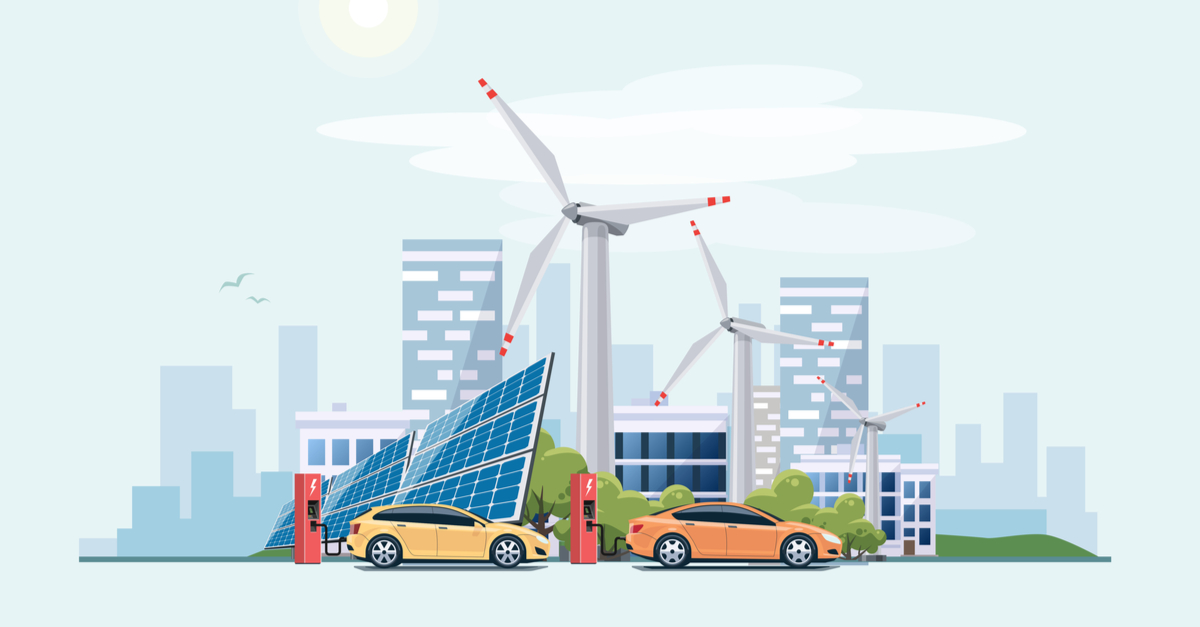Can Cyprus Become Climate Neutral?
A study by the Department of Engineering of the University of Nicosia on air pollution from electricity generation and transport
Currently, the world temperature has increased by 1°C compared to the pre-industrial era. Back in 2009, the EU has urged Member States to contain their heat trapping emissions between 80% to 95%, compared to 1990, so as to arrest world temperature rise below 2°C. Revising its goals, in Dec. 2019, the EU has set a long-term binding goal of curbing the carbon footprint of the continent to net-zero levels in an effort to limit world temperature rise below 1.5°C, by 2050. Being a member state, Cyprus is considered unique from the energy standpoint. Not only the island’s electrical grid is isolated from other EU countries but Cyprus predominantly relies on fossil fuels such as diesel for most of its power generation.
The study which was led by Mr Evangelos Demetriou and Dr Constantinos Hadjistassou, driven by the need to go carbon neutral has examined four different scenarios regarding emissions from the electricity and transport sectors, for 2050. In all scenarios, it was assumed that all personal vehicles and buses will be electrically powered. The first scenario was designed to minimise electricity costs and the second to lower emissions while the only source of carbon dioxide gases originated from natural gas. Both renewable energy sources and batteries were intended to cover the remaining energy needs of the island. The third scenario considered natural gas and a new technology which captured 90% of atmospheric emissions. The latter scenario dealt exclusively with the generation of electricity from renewable energy sources, battery storage, hydroelectric power and an innovative technology where electric cars could return energy to the grid.
Interestingly, the main results of the research revealed that Cyprus can achieve net-zero emissions if the island increased its renewable energy sources to 11.9GW (currently at 0.4 GW)! In addition, for the same scenario, 40% of the generated electricity will remain unutilised. The reduction in carbon emissions in the first and the second scenarios amounted to a mere 1% and a sizeable 20%, respectively, compared to 1990. The third scenario realized a 92.5% reduction in emissions and had about the same energy production compared to the previous 2 scenarios. Electricity costs ranged between 0.070 € to 0.115 € per kilowatt hour (buying price of electricity) for scenarios 1 to 4, with the last scenario being the most expensive.
Funded by the Ministry of Energy the findings of the study appeared in the prestigious journal of Energy.

